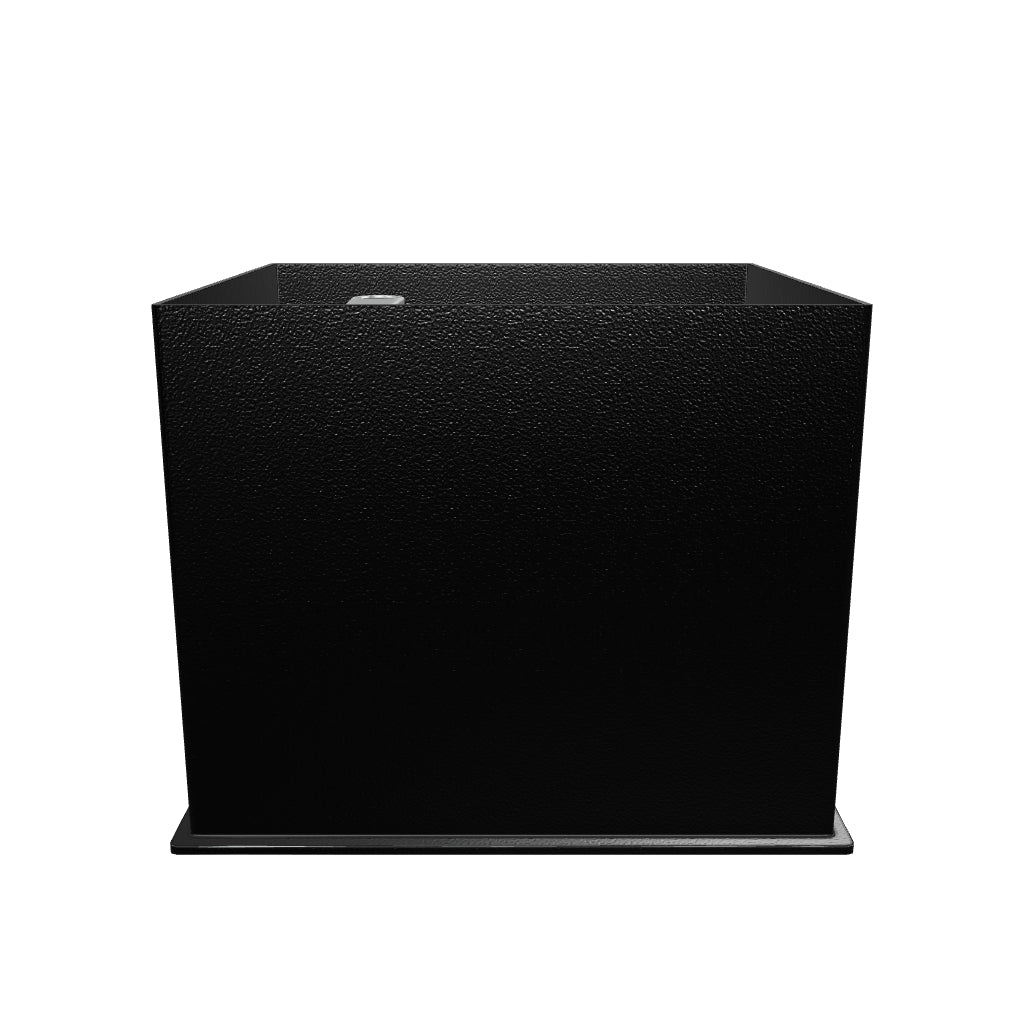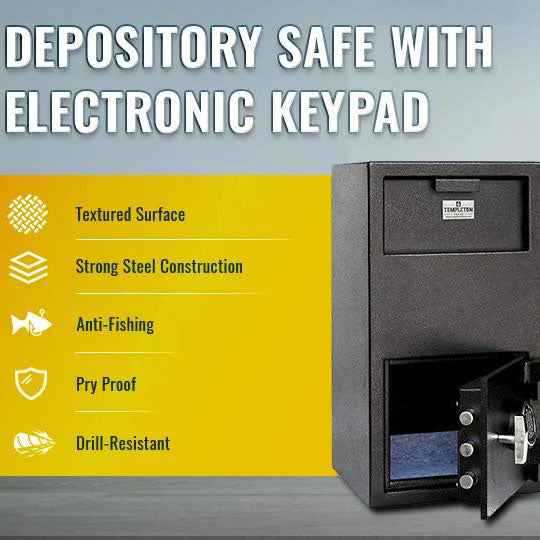3 Types Of Safes With Their Pros & Cons
Are you considering purchasing a safe but are unsure of what to get? Since there are several sizes and types of safes available, choosing the one best suited to your needs and preferences might be challenging. Not to worry, we will be looking at the top three most common types of safes and their pros and cons so you can make the best decision.
Fingerprint Lock Safes
One common type of safe is the fingerprint lock safe. As its name suggests, it does not require a code or key like traditional safes. Instead, it makes use of a fingerprint lock system that can only be accessed with the stored fingerprint. In this manner, it offers a high level of protection and allays worries about someone duplicating the safe's keys or stealing the passcode.
-
Pros
Fingerprint lock safes ensure the highest level of security because a 3D sensor scans the finger and rejects anything that doesn't match right away. At the same time, they are easy to operate. -
Cons
Because fingerprint lock safes are accessible using fingerprints, it may not be suitable for places where fingerprints are not readily available, like workplaces where gloves are worn.
Digital or Electronic Lock Safes
New, significant advances in safe lock types have also been made as a result of technological growth. With that said, electronic or digital lock safes typically have a battery-operated digital keypad. While their locks may appear identical to conventional locks, they need a three- to six-digit password to be input on the electronic keypad.
-
Pros
Digital or electronic lock safes are dependable and long-lasting. At the same time, they are user-friendly. A digital lock's security levels may be raised in a number of ways, such as by imposing a time delay, requiring multiple codes to open, and more. You can also easily change the passcodes if you need to change an individual’s access to the safe -
Cons
Batteries are required because the digital or electronic lock safes run on them, however, do not worry too much because there are notifications that let you know when it’s time to change the batteries, and all of our electronic keypad safes have an emergency keyed backup. Mechanical or Key Lock Safes
Mechanical or key lock safes are one of the most traditional and commonly used types of safes. The lock must be opened by repeatedly spinning the dial left and right until the proper combination code is entered. Some mechanical locks can also have a lock and key system for easier accessibility.
-
Pros
They are extremely reliable and they don't need batteries, thus there are no additional costs associated with continually changing these batteries. And if utilized properly, mechanical locks are very long-lasting and require little maintenance. -
Cons
If you wish to reset the password or modify it, a locksmith is required. At the same time, you will likely take a long time to open it since the entire spinner must be revolved till the number fits input a single digit. Additionally, having to restart from the beginning if you forget the passcode in the middle of a process is unpleasant.






























